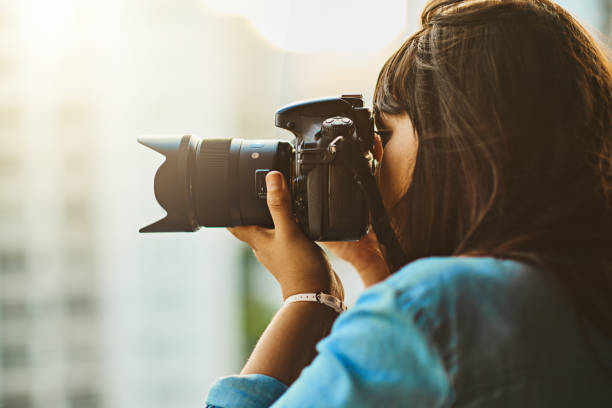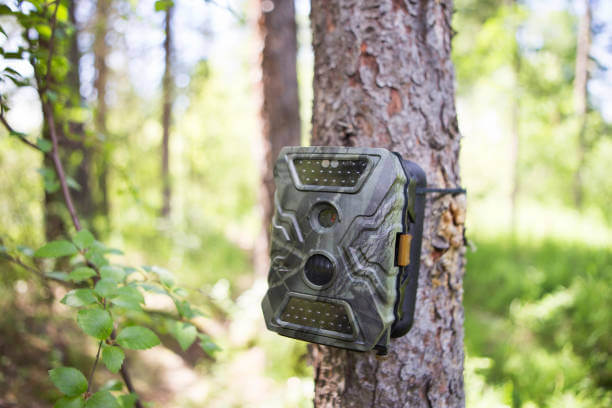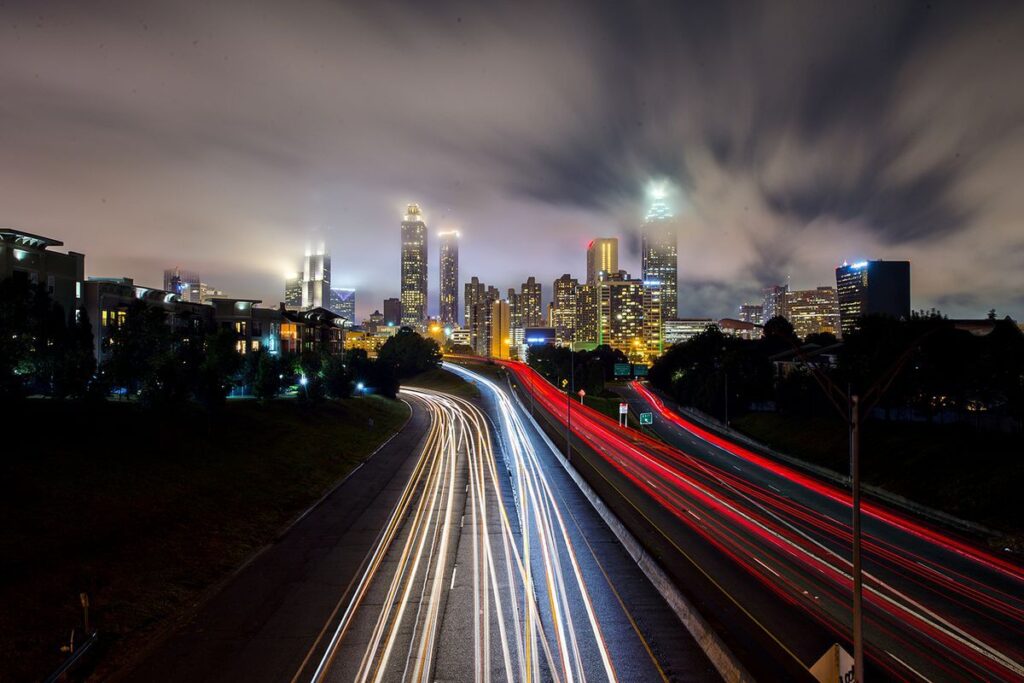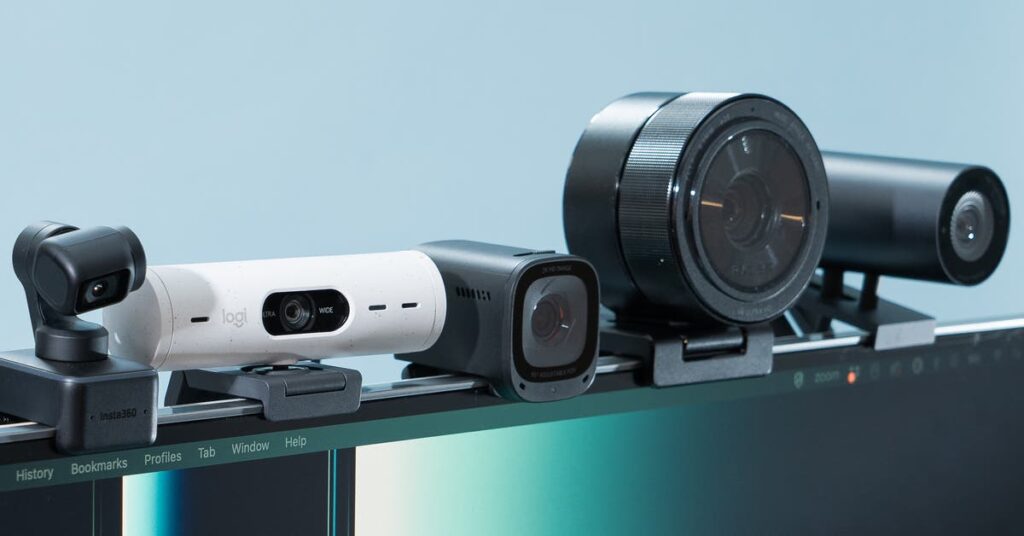What is a DSLR (Digital SLR) camera? In highly competitive professional photography, the term DSLR has become synonymous with high-quality imaging and professional photography.
But what exactly is a DSLR camera, and why has it continued to be a preferred choice among amateur and professional photographers? This article delves into the intricacies of DSLR cameras, exploring their history, functionality, advantages, and how they compare to other types of cameras on the market.
Understanding the Basics: What is a DSLR (Digital SLR) Camera?
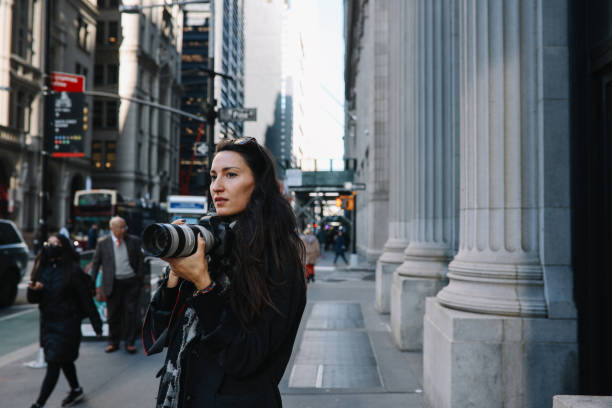
DSLR stands for Digital Single-Lens Reflex. This term encapsulates the core technology that distinguishes DSLRs from other types of cameras. The “single-lens reflex” part of the acronym refers to the mirror mechanism inside the camera, which allows photographers to see exactly what the lens sees through the viewfinder. The “digital” part indicates that the camera captures images using a digital sensor rather than traditional film.
How Does a DSLR Work?
A DSLR camera uses a mirror and prism system to direct light from the lens to the optical viewfinder. When the shutter button is pressed, the mirror flips up, the shutter opens, and light hits the image sensor, capturing the photo. This mechanism is key to the DSLR’s ability to produce high-quality images and provides a significant advantage over other camera types.
- Mirror Mechanism: The mirror inside the DSLR reflects light from the lens up into the optical viewfinder, allowing the photographer to see exactly what the lens sees.
- Optical Viewfinder: Unlike digital viewfinders or LCD screens, the optical viewfinder offers a real-time, lag-free preview of the scene, which is particularly useful in fast-paced shooting environments.
- Image Sensor: The digital sensor in a DSLR captures light and converts it into an electronic image. The size and quality of the sensor play a crucial role in the image quality. Full-frame sensors are typically found in professional DSLRs, offering superior image quality, especially in low-light conditions.
- Interchangeable Lenses: One of the most appealing features of DSLRs is the ability to change lenses. This allows photographers to use the optimal lens for each shooting scenario, from wide-angle lenses for landscapes to telephoto lenses for wildlife photography.
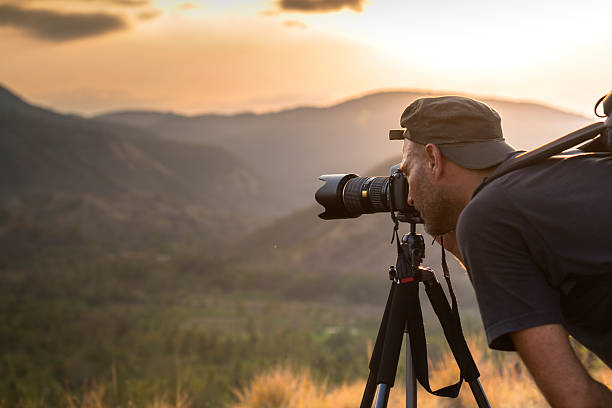
Historical Context and Evolution
The history of DSLRs dates back to the early days of film photography. The first single-lens reflex cameras appeared in the mid-20th century. However, the transition from film to digital sensors marked the evolution of what we now know as DSLRs.
The first commercially successful digital SLR was the Nikon D1, released in 1999. It featured a 2.7-megapixel sensor and marked a significant milestone in digital photography. Since then, advancements in sensor technology, autofocus systems, and image processing have continually pushed the boundaries of what DSLRs can achieve.
Advantages of DSLR Cameras
Several features make DSLR cameras stand out from other types of cameras, including point-and-shoot and mirrorless cameras.
- Image Quality: Thanks to larger sensors and superior lens quality, DSLRs generally produce higher image quality than smaller compact cameras or even some mirrorless systems.
- Versatility: The ability to change lenses allows for a vast range of creative possibilities. Photographers can switch from a macro lens for close-up shots to a wide-angle lens for expansive landscapes without changing cameras.
- Performance: DSLRs are known for their fast autofocus systems and minimal shutter lag, making them ideal for capturing fast-moving subjects such as sports or wildlife.
- Battery Life: Compared to mirrorless cameras, DSLRs typically offer longer battery life due to their optical viewfinder system, which uses less power than electronic viewfinders.

Key Components of a DSLR
Understanding the key components of a DSLR can help you appreciate the technology that goes into making these cameras so effective.
- Lens: The lens is arguably the most crucial part of the camera, and DSLRs offer a wide variety of lenses tailored to different shooting needs.
- Image Sensor: The size and quality of the sensor affect the resolution, noise levels, and overall image quality. Full-frame sensors are larger and generally produce better images than crop sensors.
- Viewfinder: The optical viewfinder allows photographers to compose their shots with precision and without any lag.
- Autofocus System: Modern DSLRs feature advanced autofocus systems with numerous focus points, ensuring sharp images even in challenging conditions.
- Shutter: The mechanical shutter controls the exposure time, allowing for creative effects like motion blur or freezing fast action.
Comparing DSLRs to Other Camera Types
While DSLRs offer many advantages, it’s essential to understand how they compare to other camera types to make an informed decision.
- DSLR vs. Mirrorless: Mirrorless cameras have gained popularity due to their compact size and advanced features. They eliminate the mirror mechanism, using an electronic viewfinder or the LCD screen for composition. While they offer many of the same features as DSLRs, including interchangeable lenses, they often lag in battery life and may not offer the same level of optical viewfinder performance.
- DSLR vs. Point-and-Shoot: Point-and-shoot cameras are compact and easy to use but lack the versatility and image quality of DSLRs. They are ideal for casual photography but fall short for more serious or professional work.
- DSLR vs. Smartphone Cameras: Smartphone cameras have dramatically improved and offer convenience and connectivity that DSLRs cannot match. However, they still cannot compete with the image quality, lens versatility, and manual controls available on DSLRs.

Choosing the Right DSLR
When choosing a DSLR, several factors should be considered:
- Budget: DSLRs range from entry-level models to professional-grade cameras. Determine your budget to narrow down your options.
- Purpose: Consider what type of photography you intend to pursue. If you’re interested in landscape photography, a camera with a high-resolution sensor might be ideal. For sports or wildlife photography, look for a model with fast autofocus and continuous shooting capabilities.
- Brand and Ecosystem: Different brands offer different ecosystems of lenses and accessories. Nikon and Canon are two of the most popular brands, each with a wide range of lenses and compatible gear.
- Features: Look for features that match your needs, such as video recording capabilities, built-in Wi-Fi, or advanced autofocus systems.
Future of DSLRs
The future of DSLRs is a topic of much debate among photography enthusiasts and professionals. With the rise of mirrorless cameras, some predict that DSLRs may eventually become obsolete. However, many professionals still prefer DSLRs for their reliability, battery life, and optical viewfinders.
Manufacturers continue to innovate, releasing new models with improved sensors, faster processors, and enhanced features. Whether DSLRs will remain the dominant force in photography or gradually give way to mirrorless systems, their impact on the world of photography is undeniable.

FAQs About DSLR (Digital SLR) Cameras
1. What does DSLR stand for?
DSLR stands for Digital Single-Lens Reflex. This term describes the camera’s use of a mirror and prism system to direct light from the lens to the viewfinder, allowing the photographer to see exactly what the lens sees.
2. How does a DSLR camera work?
A DSLR camera uses a mirror mechanism that reflects light from the lens up into an optical viewfinder. When you press the shutter button, the mirror flips up, the shutter opens, and light hits the digital sensor, capturing the image.
3. What are the main components of a DSLR camera?
The main components of a DSLR camera include the lens, image sensor, optical viewfinder, autofocus system, and mechanical shutter. These elements work together to capture high-quality images.
4. What is the difference between a DSLR and a mirrorless camera?
The primary difference is the presence of a mirror. DSLRs use a mirror mechanism to reflect light into an optical viewfinder, but mirrorless cameras do not have a mirror and use an electronic viewfinder or an LCD screen for composition.
5. Can I use different lenses with a DSLR?
Yes, one of the major advantages of a DSLR is the ability to interchange lenses. This allows photographers to choose the best lens for each shooting scenario, from wide-angle to telephoto lenses.
6. Are DSLRs better than smartphone cameras?
DSLRs generally offer superior image quality, manual controls, and lens versatility compared to smartphone cameras. However, smartphones are more convenient and have improved significantly with camera technology.
7. What should I consider when buying a DSLR camera?
When buying a DSLR, consider your budget, the type of photography you want to pursue, the brand and ecosystem of lenses and accessories, and specific features such as video capabilities, built-in Wi-Fi, and autofocus performance.
8. Why do professional photographers prefer DSLRs?
Professional photographers prefer DSLRs for their high image quality, reliable performance, fast autofocus, and extensive range of compatible lenses and accessories. The optical viewfinder and longer battery life are also significant advantages.
9. How important is the sensor size in a DSLR?
The sensor size is crucial as it affects image quality, depth of field, and low-light performance. Full-frame sensors are larger and typically offer better image quality than crop sensors, but their prices are also more expensive.
10. Can DSLRs record video?
Yes, most modern DSLRs can record high-quality video. Many offer features such as 4K resolution, manual controls, and advanced autofocus systems for videography.
11. What are the advantages of using a DSLR over a point-and-shoot camera?
DSLRs offer better image quality, more manual control, the ability to change lenses, faster performance, and better low-light capabilities compared to point-and-shoot cameras.
12. Do DSLRs have good battery life?
Yes, DSLRs typically have better battery life compared to mirrorless cameras because they use an optical viewfinder, which consumes less power than electronic viewfinders or LCD screens.
13. Are DSLRs difficult to use for beginners?
While DSLRs have a learning curve due to their advanced features and manual controls, many entry-level models offer user-friendly modes and guides to help beginners get started.
14. What is the lifespan of a DSLR camera?
The lifespan of a DSLR can vary based on usage and maintenance, but they are generally built to last. The shutter mechanism is often rated for tens of thousands to hundreds of thousands of actuations.
15. How do I maintain my DSLR camera?
To maintain your DSLR, regularly clean the lens and sensor, keep the camera body and lens dry, store it in a protective case, and avoid exposing it to extreme temperatures or dust.
16. Can I use old lenses with a new DSLR?
Many old lenses can be used with new DSLRs, especially within the same brand. However, you may need an adapter, and some features like autofocus may not work with older lenses.
17. What is the difference between full-frame and crop sensor DSLRs?
Full-frame DSLRs have larger sensors that match the size of 35mm film, offering better image quality, depth of field, and low-light performance. Crop sensor DSLRs have smaller sensors, resulting in a narrower field of view but are generally more affordable.
18. Are DSLRs suitable for action and sports photography?
Yes, DSLRs are well-suited for action and sports photography due to their fast autofocus systems, quick shutter response, and high continuous shooting speeds.
19. Can I print large photos taken with a DSLR?
Yes, photos taken with a DSLR, especially those with high-resolution sensors, can be printed in large sizes with excellent quality.
20. What is live view mode in a DSLR?
Live view mode allows you to use the LCD screen to compose your shots, rather than the optical viewfinder. This can be useful for shooting at awkward angles or for video recording.
21. How do I transfer photos from my DSLR to my computer?
Photos can be transferred from a DSLR to a computer via a USB cable, a memory card reader, or wirelessly if the camera has Wi-Fi capabilities.
22. Can I edit RAW images from a DSLR?
Yes, RAW images offer greater flexibility for post-processing and can be edited using various software like Adobe Lightroom, Photoshop, or other photo editing programs.
23. What is the burst mode in a DSLR?
Burst mode, or continuous shooting mode, allows the camera to take multiple photos in quick succession, which is useful for capturing fast-moving subjects.
24. Are DSLRs waterproof?
Most DSLRs are not waterproof, but some models offer weather-sealing to protect against dust and minor moisture. For extreme conditions, you can use waterproof housing.
25. How do I improve my photography skills with a DSLR?
To improve your photography skills, practice regularly, learn about the camera’s manual settings, study composition techniques, and experiment with different lenses and shooting scenarios. Online tutorials, photography courses, and workshops can also be beneficial.
Conclusion
DSLR cameras have long been the gold standard in photography, offering unparalleled image quality, versatility, and performance. Their unique mirror and prism system, combined with interchangeable lenses and advanced autofocus, make them a favorite among photographers of all levels. While the competition from mirrorless and smartphone cameras is fierce, the DSLR continues to hold its ground, adapting and evolving with technological advancements. Whether you’re a budding photographer or a seasoned professional, understanding the capabilities and advantages of a DSLR can help you make informed decisions and elevate your photographic endeavors.
You might also like…
10 Best Portable Bluetooth Label Makers

